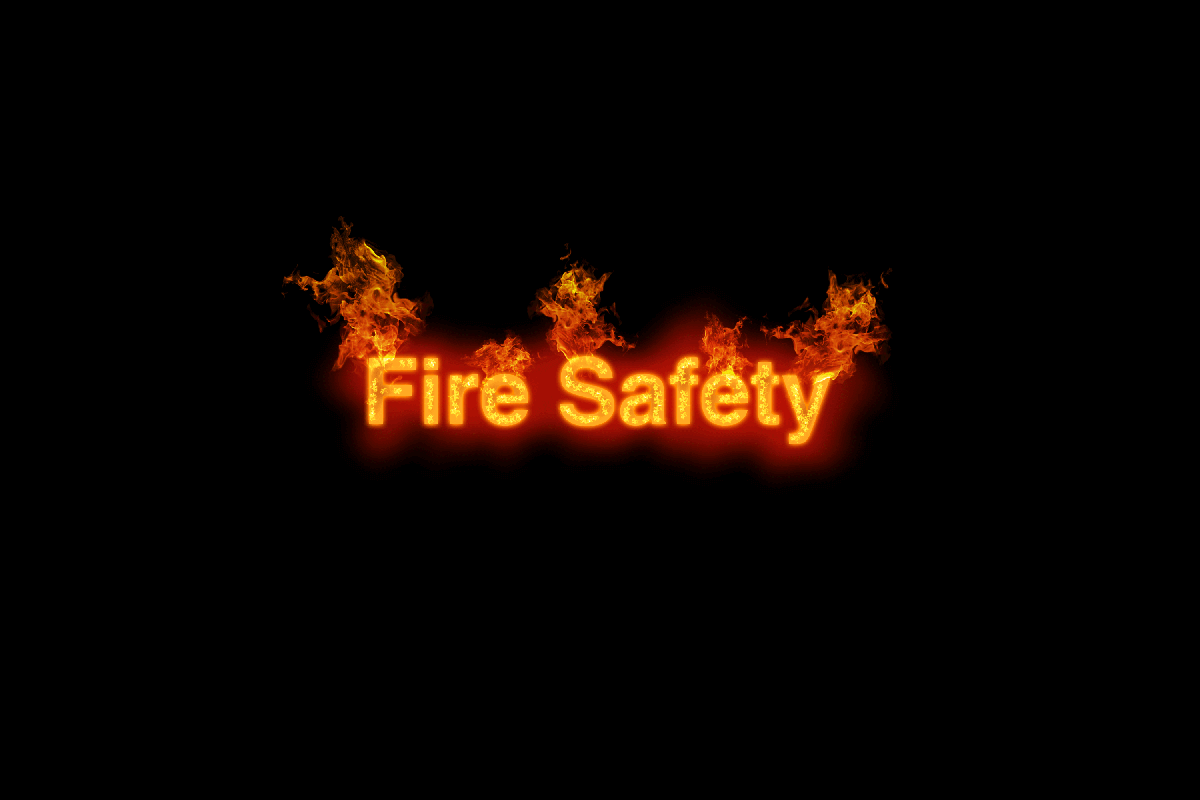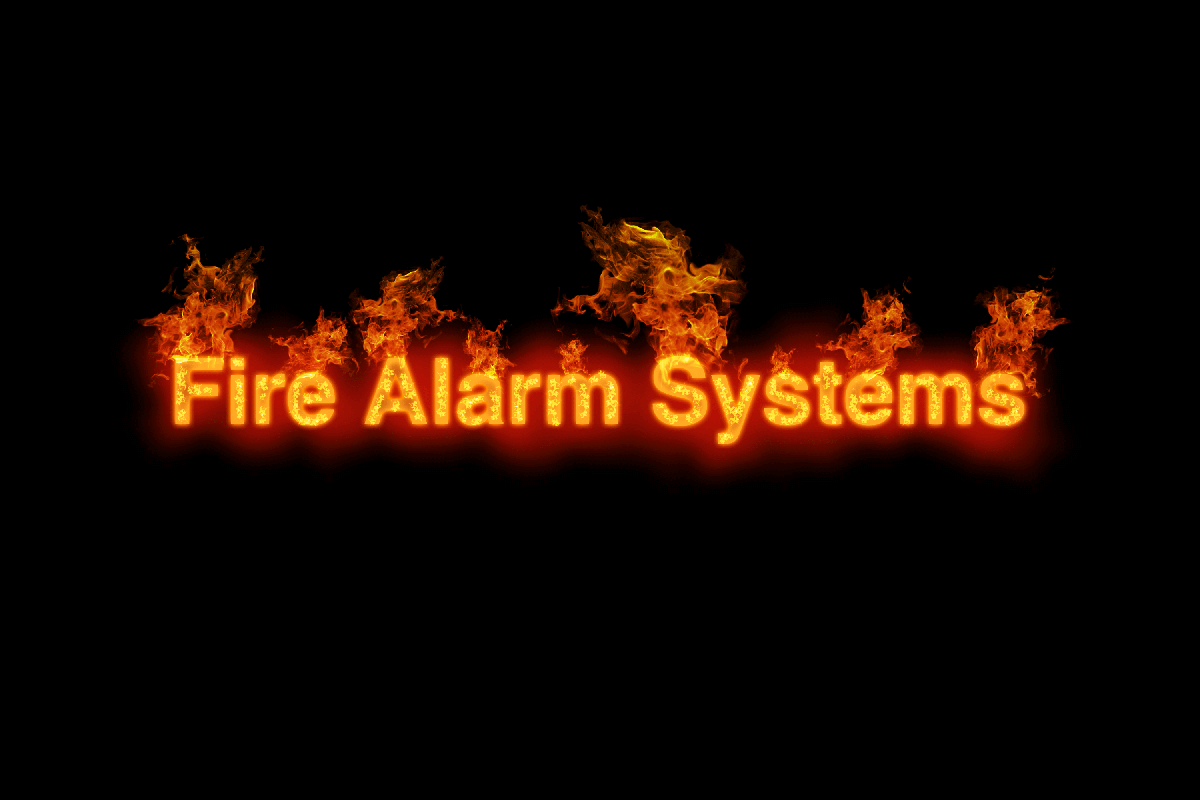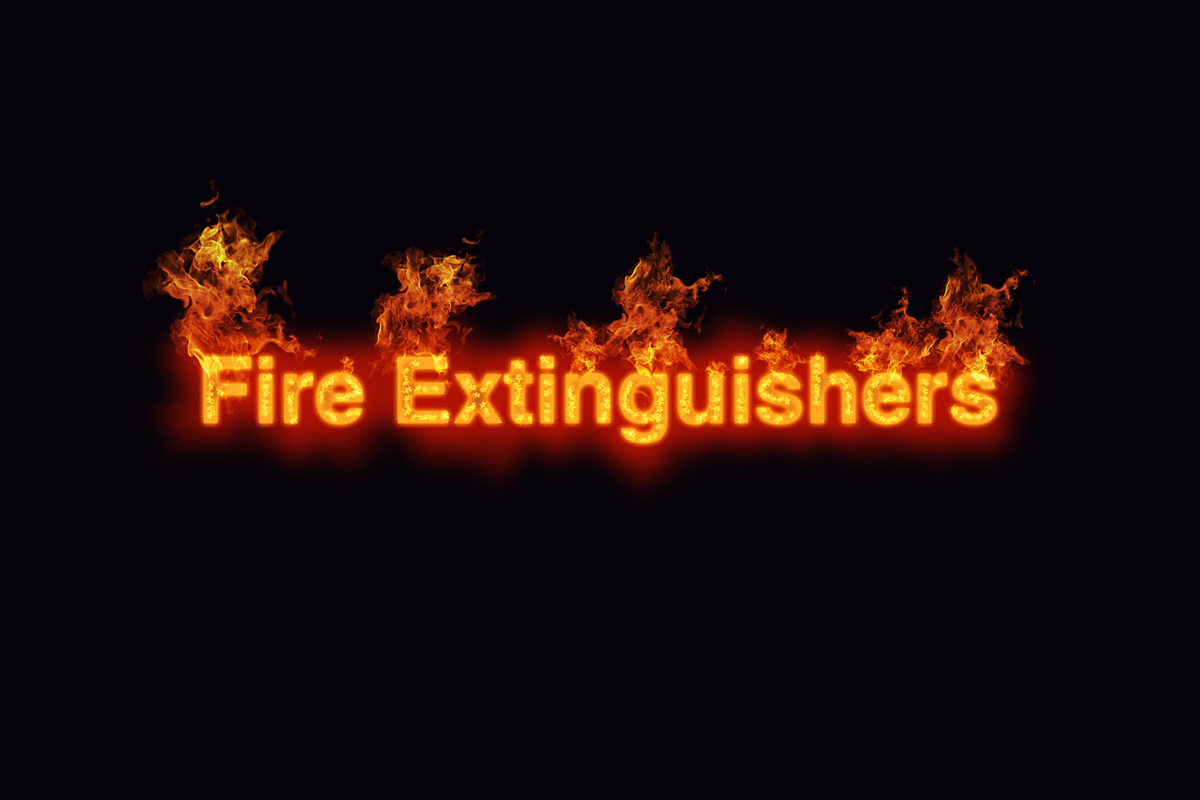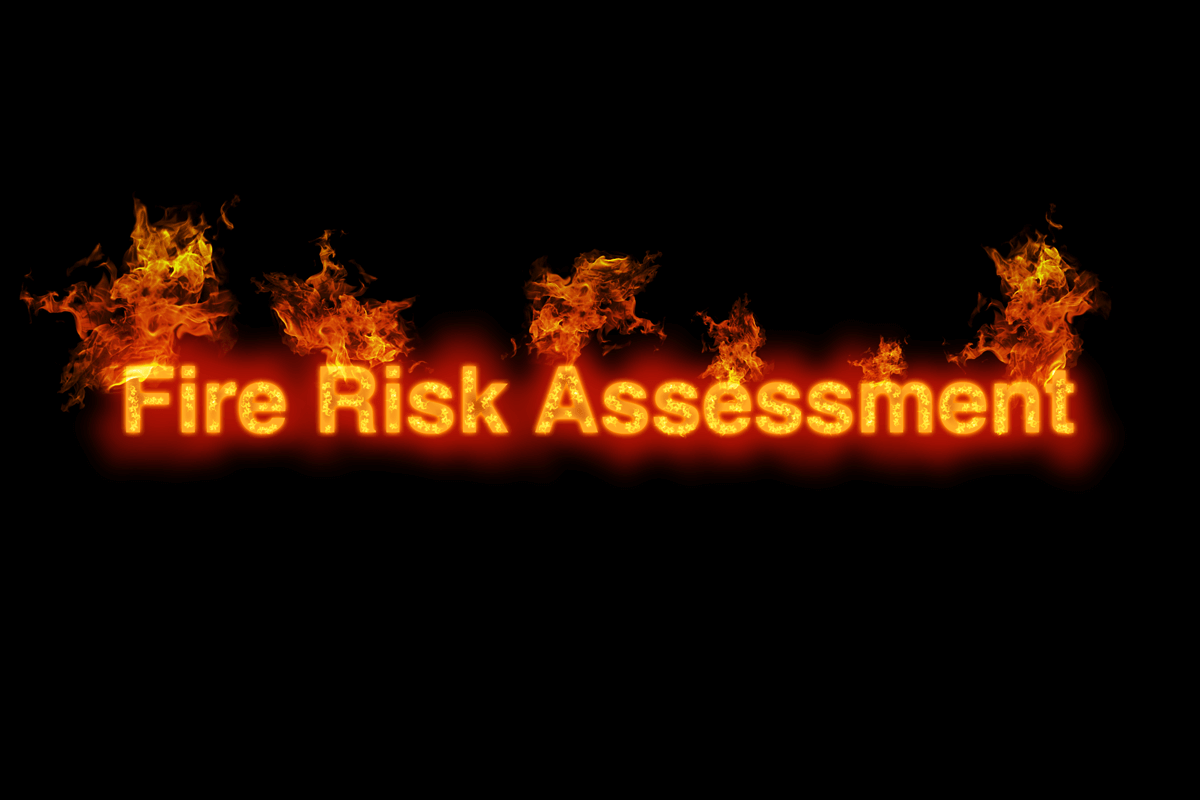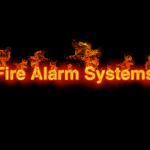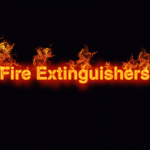Building Safety Act 2022, Section 156: Fire Safety Requirements and How to Stay Compliant
The Building Safety Act 2022 represents a significant overhaul in building safety regulations across England, aiming to enhance the safety and standards of buildings. A pivotal component of this legislation is Section 156, which amends the Regulatory Reform (Fire Safety) Order 2005 (FSO) to strengthen fire safety measures. Understanding and complying with these changes is Read more »

